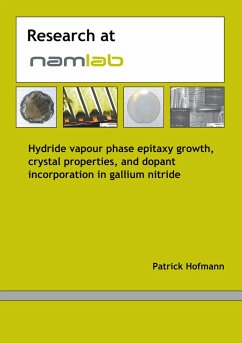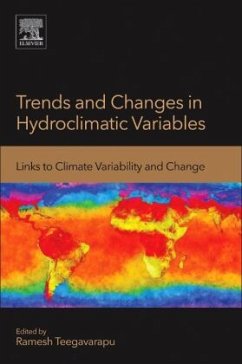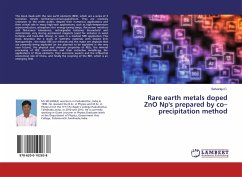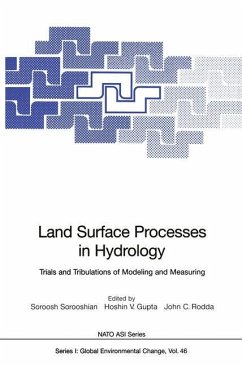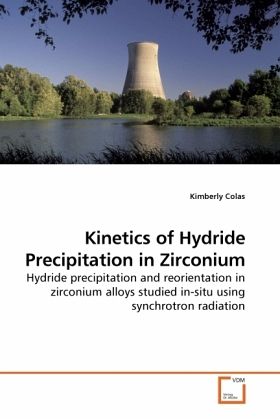
Kinetics of Hydride Precipitation in Zirconium
Hydride precipitation and reorientation in zirconium alloys studied in-situ using synchrotron radiation
Versandkostenfrei!
Versandfertig in 6-10 Tagen
39,99 €
inkl. MwSt.

PAYBACK Punkte
20 °P sammeln!
The orientation and distribution of hydrides formed in zirconium alloy nuclear fuel cladding can strongly influence material behavior and in particular resistance to crack growth. The hydride microstructure and platelet orientation are crucial to determining cladding failure during mechanical testing. Hydride formation is normally studied by post-facto metallography, performed at room temperature and in the absence of applied stress. This study uses synchrotron radiation to observe in- situ the kinetics of hydride dissolution and precipitation in previously hydrided Zircaloy samples. The exper...
The orientation and distribution of hydrides formed in zirconium alloy nuclear fuel cladding can strongly influence material behavior and in particular resistance to crack growth. The hydride microstructure and platelet orientation are crucial to determining cladding failure during mechanical testing. Hydride formation is normally studied by post-facto metallography, performed at room temperature and in the absence of applied stress. This study uses synchrotron radiation to observe in- situ the kinetics of hydride dissolution and precipitation in previously hydrided Zircaloy samples. The experiments allowed the direct observation of hydride dissolution, re- precipitation, and re-orientation, when cooling was performed under load. The solubility limits and the hydride-matrix orientation relationship determined from in-situ experiments were in good agreement with previous conventional bulk post facto examinations. In-situ measurements under stress and at temperature showed a characteristic diffraction signature of reoriented hydrides. The results suggest a threshold stress for hydride reorientation between 75 and 80 MPa for the microstructure / texture studied.







